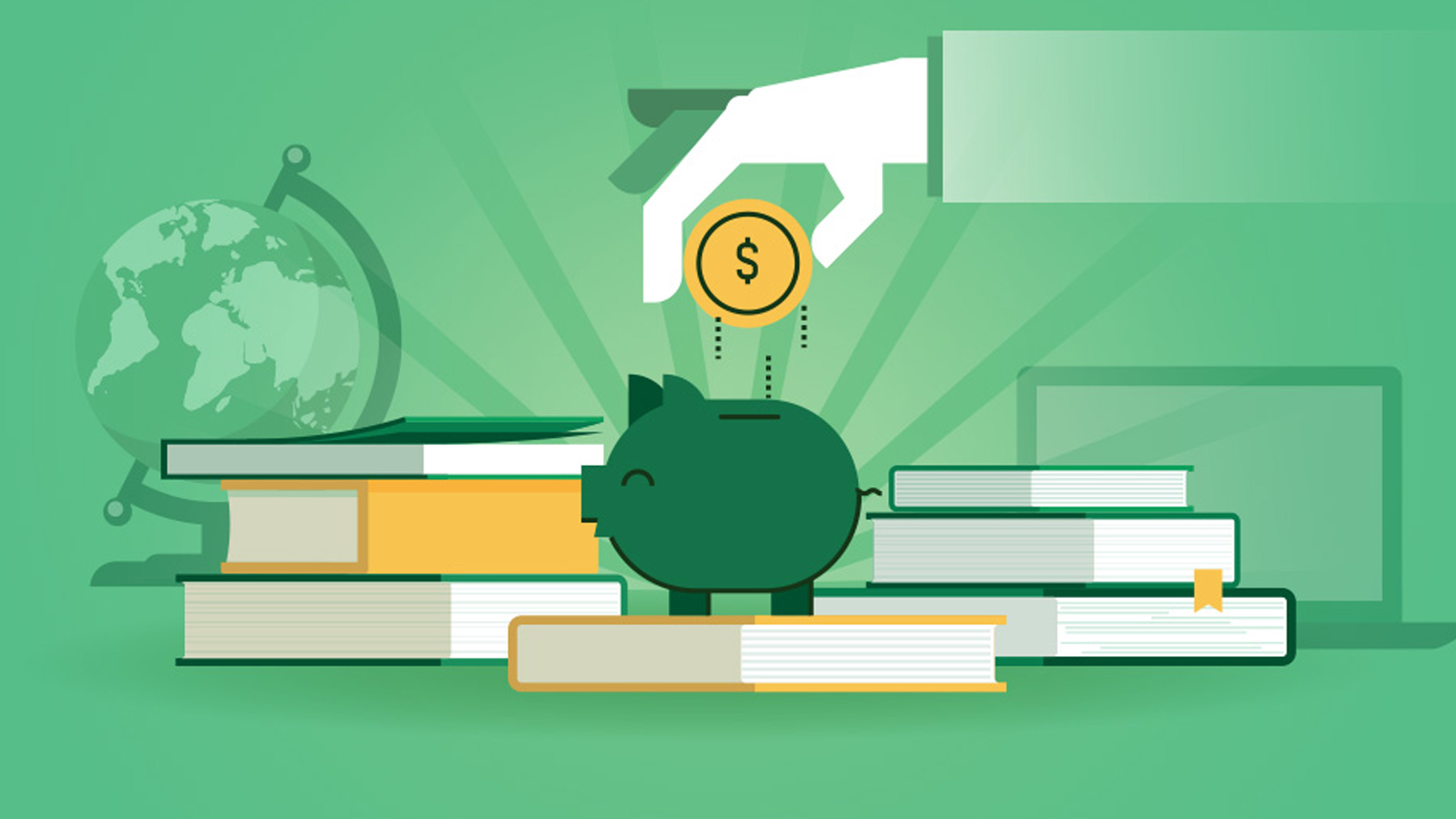Introduction to the importance of financial education
Financial literacy is no longer a luxury; it’s a necessity. In today’s fast-paced world, understanding money management can make all the difference in achieving personal and professional goals. Yet, many young adults graduate from high school without grasping basic financial principles. This gap is concerning and points to an urgent need for robust financial education in schools.
Imagine students walking into adulthood equipped with skills to budget, save, invest, and navigate debt responsibly. The ripple effect of such knowledge could transform not only individual lives but entire communities as well. It’s time we explore the pivotal role that financial education plays within our educational system and why it should be prioritized now more than ever.
The current state of financial education in schools
Financial education in schools remains inconsistent across the country. While some states have made it a graduation requirement, others offer little to no instruction on personal finance.
Many students graduate without ever learning how to budget, save, or manage debt. This gap leaves them ill-prepared for real-world financial decisions.
Curriculums often focus heavily on traditional subjects like math and science. Unfortunately, personal finance is frequently overlooked despite its crucial role in everyday life.
Teachers may lack the necessary training or resources to effectively teach these skills. As a result, students miss opportunities to develop essential competencies that could lead to financial stability later on.
The disparity between regions highlights an urgent need for reform. A more unified approach can pave the way for future generations who are better equipped to navigate their financial futures confidently.
The impact of financial education on students
Financial education empowers students to make informed decisions. When they grasp the basics of budgeting, saving, and investing, they cultivate lifelong skills.
Students who learn about financial literacy often experience reduced anxiety around money matters. This confidence translates into better academic performance and overall well-being.
Understanding credit scores and loans prepares them for future responsibilities. They are less likely to fall into debt traps or face financial emergencies unprepared.
Moreover, financially educated students tend to have healthier attitudes toward spending and saving. They recognize the importance of setting goals and working towards them systematically.
These foundational skills foster independence as they transition into adulthood. With a solid understanding of finance, young adults can navigate life’s challenges more effectively while building a secure future.
Real-life examples of successful financial education programs in schools
Across the United States, several schools have embraced financial education with remarkable results. One standout example is the “Learning, Earning and Investing” program in Virginia. This initiative introduces middle schoolers to concepts of saving, investing, and entrepreneurship through interactive lessons.
In California, the “Money Matters” curriculum has transformed high school classes by engaging students in real-world scenarios. Students create budgets based on their potential future salaries while exploring credit management and debt.
Moreover, a unique partnership between schools in Minnesota and local banks offers hands-on experiences where students manage actual savings accounts. They gain practical insights into banking operations while learning about interest rates.
These programs highlight how effective financial education can empower young minds to make informed decisions that shape their futures positively. Schools can foster a generation equipped for financial success through dynamic approaches tailored to engage students effectively.
The role of parents and community in supporting financial education
Parents play a crucial role in reinforcing financial education. They can initiate conversations about money management at home, helping children connect classroom lessons to real-life situations.
Community involvement is equally important. Local businesses and organizations can sponsor workshops or provide resources that enhance school curriculums. This collaboration bridges the gap between theory and practice.
Additionally, parents can encourage participation in community events focused on finance. These experiences offer hands-on learning opportunities that deepen understanding.
Support from both families and communities creates a stronger foundation for students. Together, they help foster an environment where financial literacy thrives beyond school walls, equipping young people with vital skills for their futures.
Challenges and solutions for implementing financial education in schools
Implementing financial education in schools faces several obstacles. One major challenge is the lack of trained educators who feel confident teaching these concepts. Many teachers may not have received adequate training in personal finance themselves.
Another issue is the crowded curriculum. Schools often prioritize core subjects like math and reading, leaving little room for financial education. This can lead to resistance from administrators when proposing new courses or programs.
However, solutions exist. Professional development workshops can equip teachers with essential skills and knowledge in financial topics. Partnering with local organizations or financial institutions can also bring valuable resources into classrooms.
Integrating financial literacy into existing subjects might be another approach. For example, using real-world scenarios in math lessons could make learning more relevant while covering crucial financial principles without requiring a separate course altogether.
Conclusion
Financial education in schools is more than just a subject; it’s a fundamental life skill that shapes the future of our youth. With the current state of financial literacy alarmingly low among young adults, integrating comprehensive financial education into school curriculums has never been more crucial. The positive impact on students cannot be overstated—empowering them with knowledge about budgeting, saving, and investing sets them up for success.
Successful programs across various schools demonstrate how effective these educational initiatives can be. They not only improve practical skills but also enhance student confidence and decision-making abilities regarding finances. The involvement of parents and community members plays an essential role in reinforcing these lessons at home, creating a supportive environment where young people can thrive financially.
However, challenges exist when trying to implement these programs universally. Schools often face budget constraints or lack trained educators to teach financial literacy effectively. Yet solutions are emerging: partnerships with local organizations and online resources provide opportunities for enhancement without heavy costs.
As we look ahead, fostering a culture that values financial education will help ensure future generations are better prepared to manage their finances wisely. By prioritizing this critical area within our educational system today, we lay the groundwork for healthier economic habits tomorrow.



